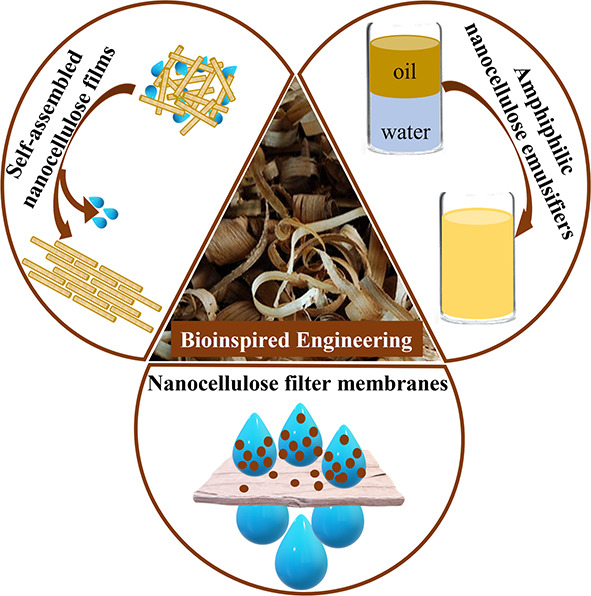- Record: found
- Abstract: found
- Article: found
Cellulose: A Review of Water Interactions, Applications in Composites, and Water Treatment

Read this article at
Abstract

Cellulose is known to interact well with water, but is insoluble in it. Many polysaccharides such as cellulose are known to have significant hydrogen bond networks joining the molecular chains, and yet they are recalcitrant to aqueous solvents. This review charts the interaction of cellulose with water but with emphasis on the formation of both natural and synthetic fiber composites. Covering studies concerning the interaction of water with wood, the biosynthesis of cellulose in the cell wall, to its dispersion in aqueous suspensions and ultimately in water filtration and fiber-based composite materials this review explores water–cellulose interactions and how they can be exploited for synthetic and natural composites. The suggestion that cellulose is amphiphilic is critically reviewed, with relevance to its processing. Building on this, progress made in using various charged and modified forms of nanocellulose to stabilize oil–water emulsions is addressed. The role of water in the aqueous formation of chiral nematic liquid crystals, and subsequently when dried into composite films is covered. The review will also address the use of cellulose as an aid to water filtration as one area where interactions can be used effectively to prosper human life.
Related collections
Most cited references308
- Record: found
- Abstract: found
- Article: not found
Cellulose: fascinating biopolymer and sustainable raw material.
- Record: found
- Abstract: not found
- Article: not found